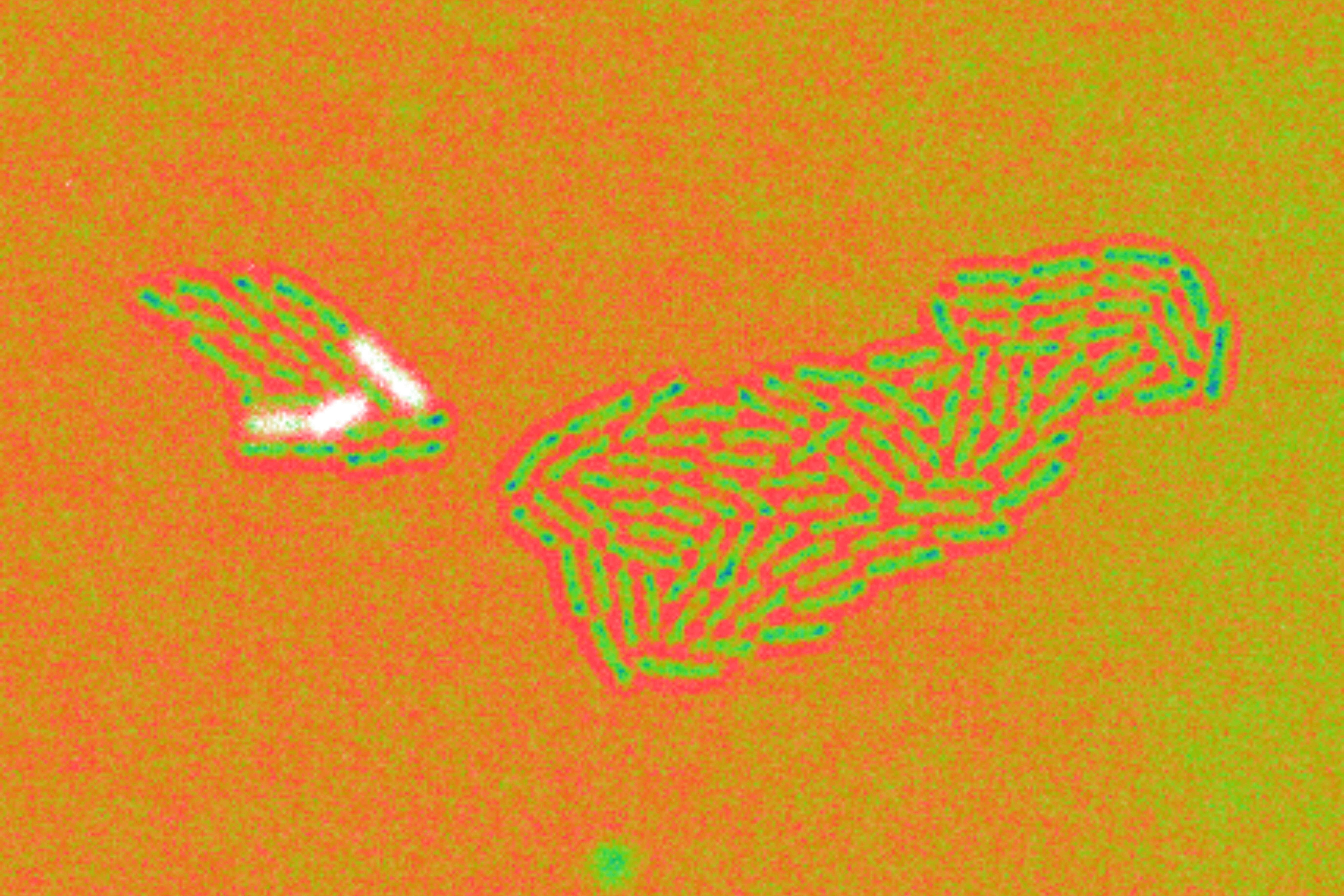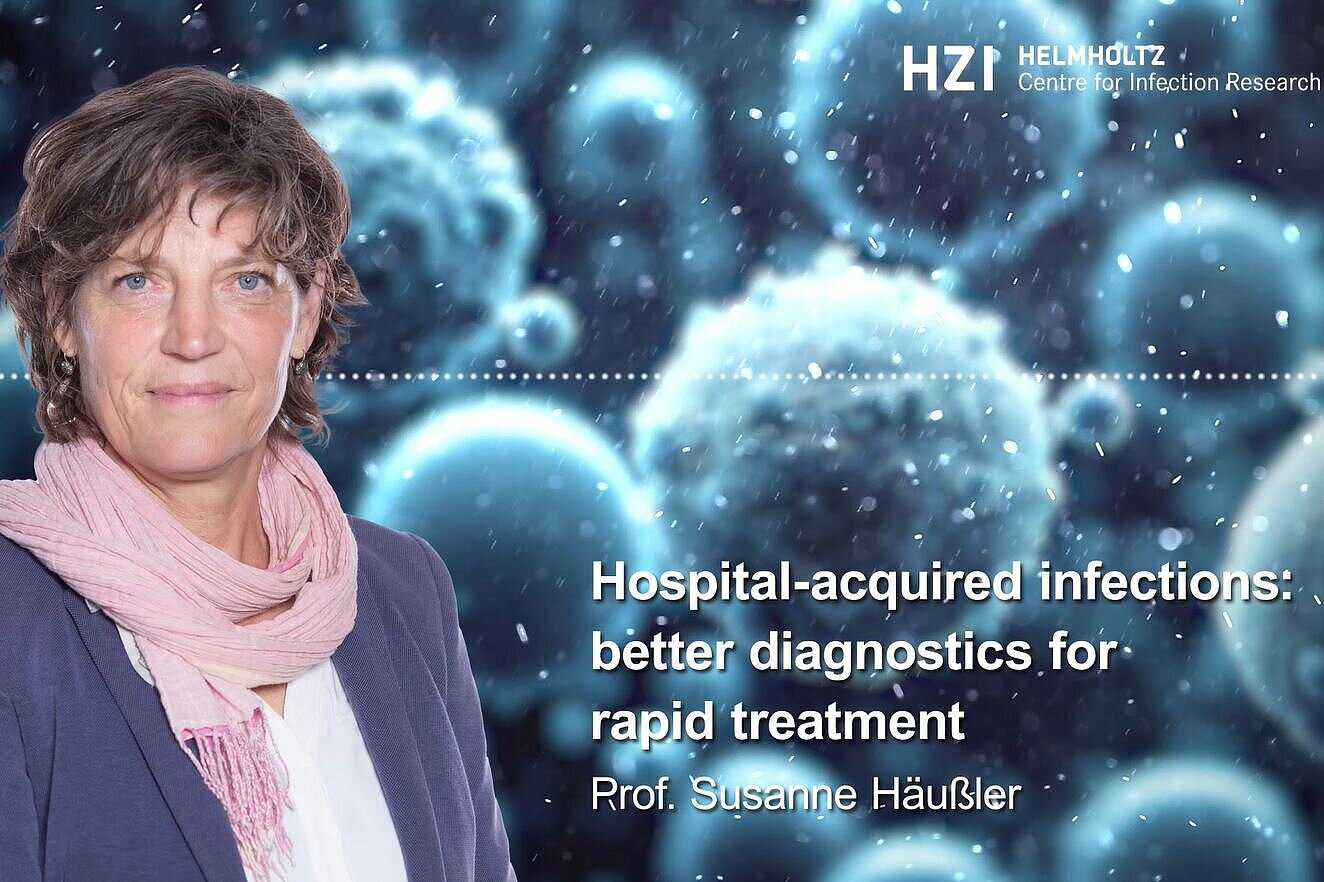One gene, many roles
To identify which bacterial genes from almost 6000 in the genome of P. aeruginosa are prone to variability, the researchers analyzed numerous gene-expression profiles of bacteria grown in exactly the same conditions. It revealed that the gene glpD, which encodes an enzyme involved in glycerol metabolism, is among the most variable in its expression. This is surprising considering a bacterial pure culture in which each bacteria is supposed to be an exact copy of one another. Using genetic engineering, the researchers could show an ON/OFF behavior of this gene in individual bacteria within the population: A few cells express this gene at very high levels, while most do not. The researchers identified that these differences arise through epigenetic switching mechanisms—and generate a kind of memory that is inherited across multiple generations.
Strategic division of labor
The variability of glpD expression in the entire population is crucial for clinically relevant behavior. Bacteria with active glpD expression, for example, exhibit increased toxin production and motility, and the pathogen's individual ability to interact with or kill immune cells is also more pronounced. Bacteria with reduced glpD expression, on the other hand, behaved more cautiously. This diversity in the population may allow the pathogen to attack and evade the immune system at the same time—a potentially decisive advantage during the early stages of infection, guaranteeing that a part of the population would survive even in the case of a sudden attack.
“This diversity within a clonal population is not a weakness but a clever survival strategy,” says Dr. Nicolas Oswaldo Trinler, scientist in Häußler’s department. “It allows the pathogen to generate cells with individual tasks in its population, which lead to successful infections and bacterial survival in the host.”
Memory with consequences
The researchers combined cutting-edge single-cell analyses, live microscopy, and mathematical modeling. Their results show that this intra-population diversity can develop even from a very small initial number of bacteria—for example, when just a few pathogens enter the body through a wound or are inhaled in the lungs.
The study provides new insights into why P. aeruginosa infections are so difficult to treat and eradicate on a long term. Traditional antibiotics and the immune system may be unable to target all functional subtypes within a bacterial population. This could open up new avenues for therapeutic developments. In the future, epigenetic mechanisms such as the one discovered here could be targets for new drugs specifically designed to limit the pathogen’s adaptability to survive in patients.


![[Translate to English:] 3D-kontrastierte Oberflächenstruktur von LasB (beige) mit einem Inhibitor der 3. Generation (dunkelblau), der Zink (grau) bindet.](/fileadmin/_processed_/8/b/csm_LasB_Foto_b7734ae7a4.png)


